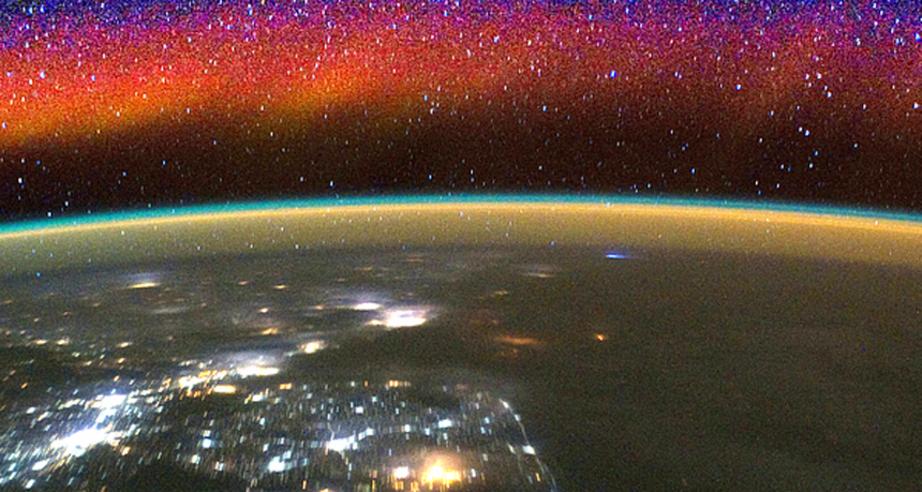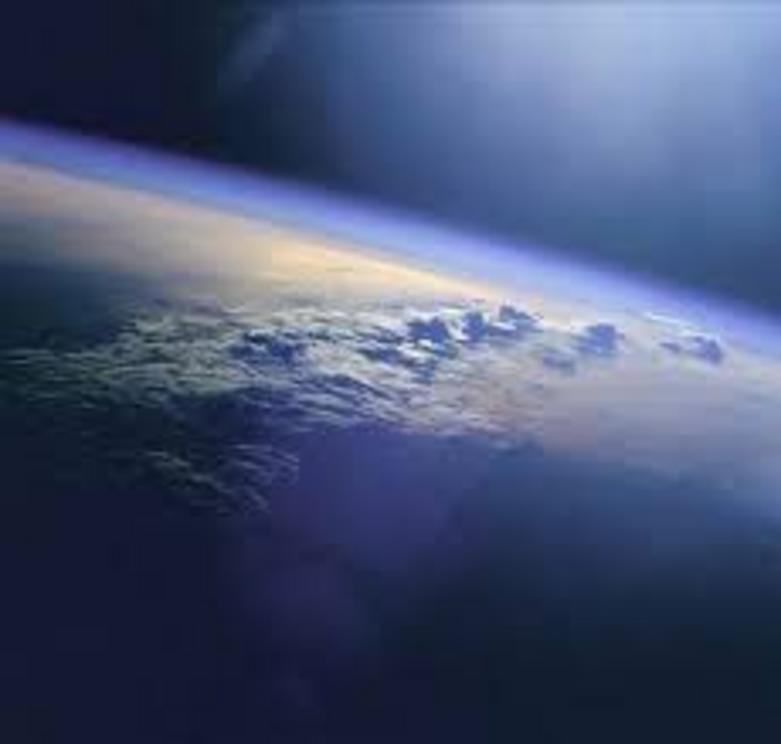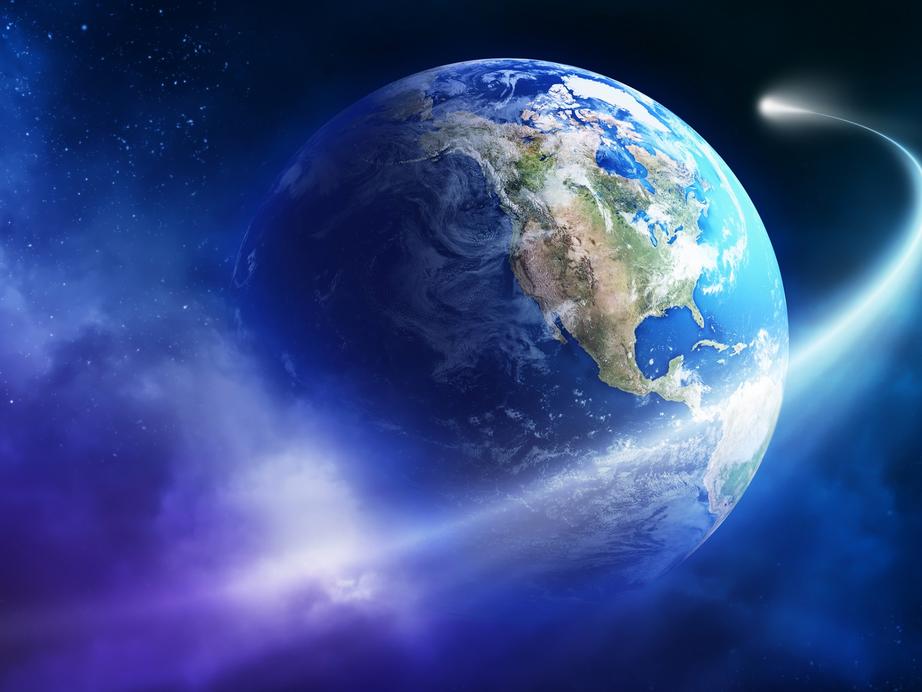NASA is headed to Earth’s outermost edge
GOLD mission will study how space and Earth storms affect the ionosphere
NASA is going for the gold. Its GOLD mission — short for Global-scale Observations of the Limb and Disk mission — is slated for launch January 25, the agency announced January 4. GOLD will study the zone where Earth’s atmosphere meets outer space. Its goal is to better understand how both solar and terrestrial storms affect the ionosphere, an upper atmosphere region crucial for radio communications.

The colorful bands above Earth’s surface, known as airglow, form when cosmic and solar rays interact with different gases in the upper atmosphere and emit light. Two upcoming NASA missions will study airglow and other properties of the ionosphere.
 pintrest
pintrest
NASA
Earth’s ionosphere, where incoming cosmic and solar rays interact with the atmosphere to create charged particles, extends from about 75 to about 1,200 kilometers above the planet’s surface. From its geostationary orbit 35,000 kilometers high, GOLD will monitor the ionosphere’s density and temperature using an instrument called an ultraviolet imaging spectrograph. Previous satellites have provided snapshots of the ionosphere, but this is the first time an instrument will keep track of changes in the layers through time, collecting data every 30 minutes.
GOLD is the first NASA mission to be launched aboard a commercial communications satellite. NASA plans to launch a complementary mission, the Ionospheric Connection Explorer, later this year. That mission will travel directly through the ionosphere, studying its makeup, density and temperature.
For the rest of this article please go to source link below.

